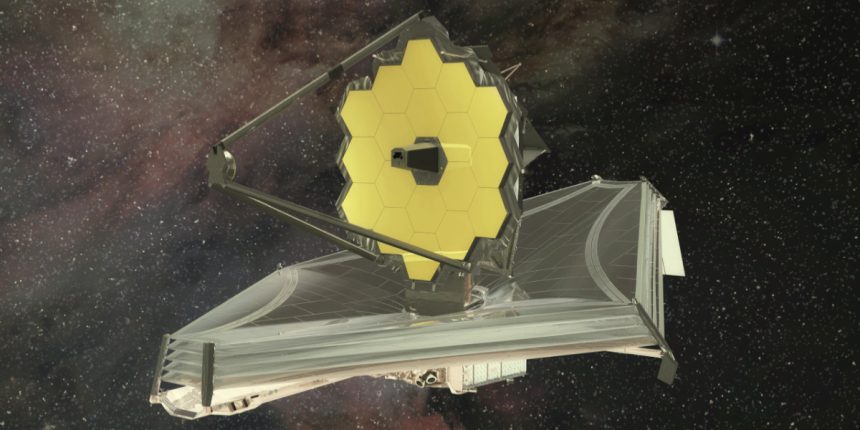Six months have gone since the James Webb Space Telescope launch date was sent into space by a European rocket. Since then, the ultra-complex telescope has successfully unfurled its wide sunshield, commissioned its research equipment, and traveled more than 1 million kilometers from Earth.
This tense moment in space came after over two decades of work on Earth to design, build, and test the telescope before its launch on Christmas Day, 2021. All of that work, however, is now in the rearview mirror, and Webb’s giant 6.5-meter-diameter mirror is peering outward and gathering scientific data and photos. It is the largest and most powerful telescope ever sent into space, and it is already providing new information about our universe. The James Webb space telescope cost around $10 Billion.
“The photographs are being taken right now,” said NASA’s science programs director Thomas Zurbuchen during a press briefing on Wednesday about James Webb space telescope pictures. “There is already some fantastic research in the works, and more will be added as time goes on. We’re in the process of compiling the historic data.”
NASA aims to release numerous photos as a consequence of Webb’s “first light” observations beginning at 10:30 a.m. ET (14:30 UTC) on July 12. According to space agency officials, the photographs and data will include the deepest-field view of the universe ever taken—looking deeper into the cosmos than humans have ever done before—as well as the spectrum of an exoplanet’s atmosphere.
James Webb Space Telescope mission will be able to recognize the fingerprints of tiny chemicals like carbon dioxide and ozone by examining them in the infrared, which will provide crucial indications about the habitability of worlds near other stars.
Pam Melroy, NASA’s deputy administrator, was astounded by the photographs Webb has provided thus far. “What I saw moved me as a scientist, engineer, and human being,” she remarked.
The telescope is in good condition. Webb should have enough maneuvering propellant on board for 20 years thanks to a precise launch by the European Space Agency’s Ariane 5 rocket. Even though five micrometeoroid strikes have already occurred, the telescope was intended to accommodate these little dents with wide margins.
Zurbuchen recalled his initial experience with Webb data and expressed his astonishment at what the telescope had shown capable of. When he saw the first images taken by the new device, he almost sobbed.
“It’s really hard to not look at the universe in a new light and not just have a moment that is deeply personal,” he added. “It’s an emotional moment when you see nature suddenly releasing some of its secrets. and I would like you to imagine and look forward to that.”
Unfortunately, we will have to wait nearly two weeks to learn the results of Webb’s initial findings. NASA has stated that it would not release any photographs early, even if they are embargoed. But it has taken 20 years for Webb to become operational and provide a suitable replacement for the Hubble Space Telescope. We can probably wait a bit longer.





